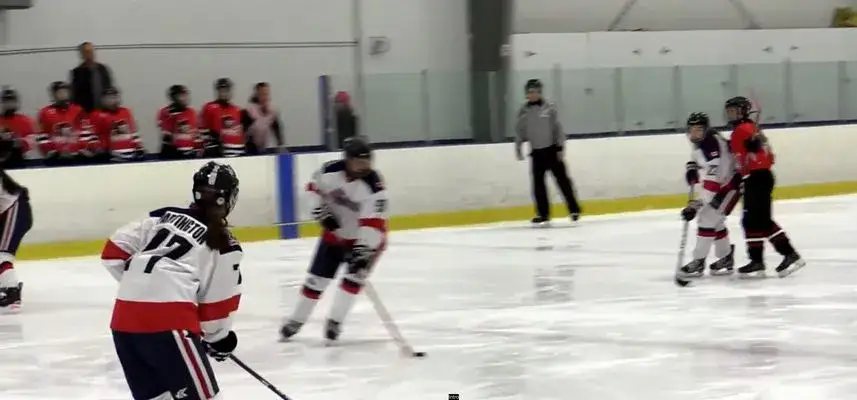Physical Address
304 North Cardinal St.
Dorchester Center, MA 02124
Physical Address
304 North Cardinal St.
Dorchester Center, MA 02124

A line change in hockey is when other players from the same team replace a player or players on one team. This usually happens after a goal is scored, but it can also happen if a team is on a power play or penalty kill.
Line changes can also be made during stoppages of play, such as after an icing call.
It is generally accepted that hockey players should change lines every two minutes. This allows fresh legs on the ice and prevents players from getting too tired.
However, some coaches may change lines more or less often, depending on the situation. For example, if a team is trailing late in a game, the coach may shorten the line changes to get his best players on the ice more often.
Conversely, if a team leads late in a game, the coach may lengthen the line changes to give his players a rest.
In hockey, the offensive line is the group of forwards on the ice at any given time during an offensive zone play. The offensive line’s main objective is to score goals by getting the puck into the opponent’s net. In order to do this, they need to create space for their teammates and themselves and be able to make quick and accurate passes. They also need to be able to shoot the puck with accuracy and power.
The most common formation for an offensive line in hockey is the two-forward, one-center setup. However, other variations can be used depending on the team’s strategy. For example, some teams may choose to use a three-forward system or even a four-forward system.
The offensive line is typically made up of the left-wing, right-wing, and center. The left-wing is responsible for skating on the left side of the ice and creating space for the other forwards. The right-wing does the same thing on the right side of the ice. The center is responsible for taking faceoffs, playing defense, and helping with offense and defense.
Some coaches may choose to make a change based on which players are hot at the moment, or they may want to shake things up to try and create more offense. However, one of the most common reasons for changing an offensive line is due to injuries. If a key player on the offensive line is injured, the other forwards must step up and fill their roles.
Changing an offensive line can be a risky move, as it can disrupt the chemistry that has been built between the forwards. However, it can also lead to more offense and better results for the team.
Traditionally, teams would make a defensive line change when they were on their own end of the ice. This would allow them to get fresh legs on the ice and give them a better chance to defend against the other team’s attack.
However, as the game has evolved, teams have started to use the defensive line change to create offensive opportunities. For example, many teams will send their top forwards out on the ice during a defensive line change. This gives them a chance to attack while the other team is still trying to get fresh players on the ice.
Teams will also often use the defensive line change as a way to slow down the other team’s attack. Changing lines frequently makes it difficult for the other team to get into a rhythm and create scoring chances.
When playing hockey, it is important to know when to change lines. This ensures that everyone is fresh and no exhausted one is on the ice. It also allows players to be rotated through different positions so that everyone has a chance to play in their preferred position.
Knowing when to change lines can be the difference between winning and losing a hockey game.